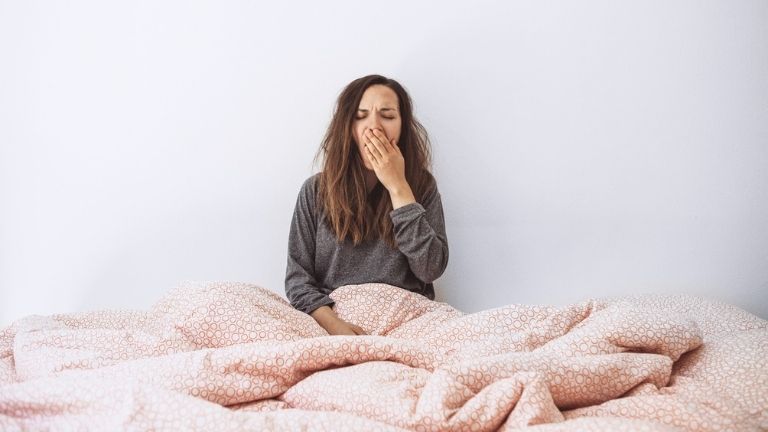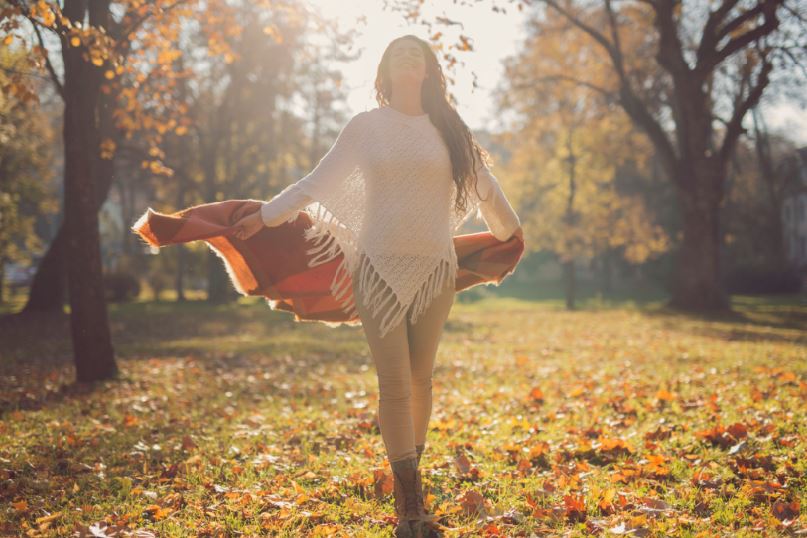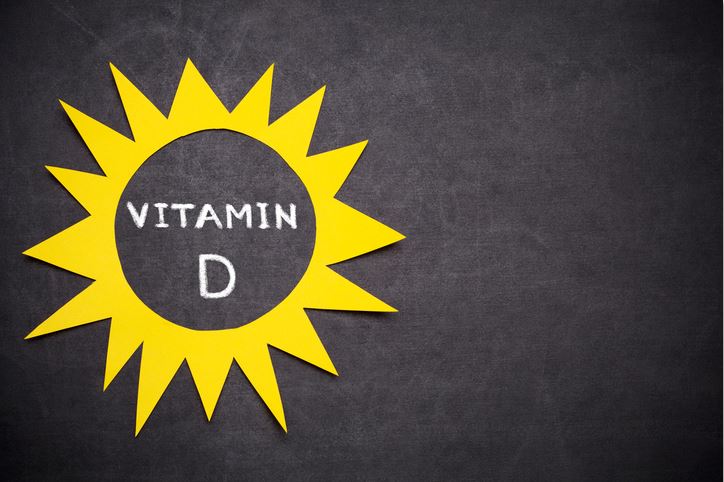Nutritionist for biohacking platform bioniq Clarissa Lenherr, reveals her expert guide to preventing Seasonal Affective Disorder (SAD) hitting extra hard this winter
Did your last lockdown see you getting fit in the garden and enjoying lengthy strolls in the park with your family?
Unfortunately, lockdown 2.0 seems to be a different kettle of fish for many.
The darker and shorter days mean we have less time available to spend outside, coupled with reduced willpower, due to the rapid drop in temperature.
And with many experiencing the onset of seasonal affective disorder (SAD), the winter blues have never felt more real.
SAD is a type of depression that follows a seasonal pattern
SAD is a type of depression that follows a seasonal pattern, with the onset of winter triggering symptoms, some of which include persistent low mood, lethargy, and a tendency to oversleep, overeat and crave carbohydrates.
The exact cause is unknown, but the main theory comes down to the change in light exposure. With less light in winter, we produce more melatonin (our sleep hormone), which is thought to be one of the reasons we feel more lethargic in winter.
With the lack of sunshine, we may also find that our serotonin production, a hormone that affects our mood, begins to drop.
So, what can be done to help boost mood and see us through lockdown 2.0? These are my top tips for feeling happy, healthy and energised…
#1 Take advantage of natural light exposure where you can
Getting natural light exposure into our eyes can help to stimulate natural energy responses and balance our circadian rhythm, often referred to as our ‘body clock’, which regulates many physiological processes such as when to eat or sleep.
In addition to this, when it is darker outside and we are exposed to less sunlight and produce more melatonin, we feel drowsy and tired, even when it isn’t anywhere close to bedtime.
Getting natural light exposure into our eyes can help to stimulate natural energy responses
To avoid this, try to get outside for a daily early morning and leave your sunglasses behind, even for just ten minutes, as this will help to balance your circadian rhythm and trigger the release of cortisol, which will help you stay awake and prevent the further release of melatonin.
If you regularly experience an afternoon energy dip, try and get outside for a quick walk around the block before the sun goes down. If you have no time to get outside, sit by a large window or in a light room for an hour.
#2 Move, move, move!
When it comes to mood, exercise can act as a real mood booster and increase the production of natural energy.
One of the last things on our minds when it is cold and gloomy outside is to go for a run or exercise, but a healthy dose of morning exercise can release a welcoming burst of feel-good endorphins and actually boost energy levels.
exercise can act as a real mood booster and increase the production of natural energy
The NHS recommends 75 minutes of high intensity exercise or 150 minutes of moderate movement a week.
I also recommend taking advantage of the natural light when working out, whether that be a walk in your local park, a run around the block or a local outdoor boot-camp.
#3 Try light therapy
Light boxes are thought to help symptoms of SAD by replacing lost natural light exposure and supporting serotonin and melatonin levels.
A double-blind, randomised controlled study found that light therapy was just as effective as a common SSRI drug (a type of antidepressant drug) at improving symptoms of patients.
Light boxes are thought to help symptoms of SAD by replacing lost natural light exposure
So, how can we incorporate light therapy into our routine? Unfortunately, a bright light on the table is not enough.
To reap the benefits, it is worth investing in a specific light therapy lamp and ensure it is about one metre away from your eyes to prevent glare.
Try: Lumie Lamp, £99 available to buy on Amazon in the UK.
Try: Philips Smart Lamp, $155.19 available to buy on Amazon in the US.
#4 Check your vitamin D levels
As our sunlight exposure slowly begins to dwindle during the winter months, our ability to create vitamin D from sun exposure on our skin takes a huge hit.
Low levels of vitamin D can leave us feeling low in energy and mood, and it is hypothesised that lowered vitamin D production might be one of the triggers of SAD.
Read More: Can vitamin D help fight Covid-19? Here’s what you need to know
Since it is difficult to get enough vitamin D from food alone, everyone (including pregnant and breastfeeding women) should consider taking a daily supplement during the autumn and winter.
Low levels of vitamin D can leave us feeling low in energy and mood
The golden question is, how much should we be taking? Everyone is different, so the best solution is to have your levels tested, and then take a tailored supplement according to what your body needs to avoid over/under supplementing.
Checking for nutritional deficiencies is key to ruling out any underlying issues that might be causing your lowered energy levels, or even exhaustion, and will allow you to supplement based on what your body requires.
I strongly recommend bioniq BALANCE, a supplement programme which is formulated according to your blood results. As well as vitamin D, bioniq BALANCE analyses 34 other blood parameters, such as iron, B12, calcium and magnesium.
#5 Eat well balanced meals
With lowered energy and colder temperatures, you may find that you crave energy and calorie dense foods.
This is a natural bodily response to get your energy levels back up, however, these foods tend to be white carbohydrates and sugars, two food groups that rarely offer long term energy, and mostly leave us with an energy crash soon after consumption.
Make sure you are eating wholesome yet warming meals that provide you with consistent energy, such as curries with pulses and veggies, slow cooker stews, and homemade chicken soup.
Clarissa Lenherr has had a successful career as a Nutritional Therapist, since graduating from The College of Naturopathic Medicine.
Since then, Clarissa is an active member of BANT (The British Association of Nutritional Therapists) and CNHC Complementary and Natural Health Care Council), alongside practising personalised nutrition, advocating the ‘no one size fits all’ approach.
Clarissa now works as a registered Nutritional Therapist for bioniq.
Follow Clarissa on Instagram @clarissalenherrnutrition
Relevant Healthista Content:
5 proven ways to boost your mood through food
Working from home? Increase your productivity with these 5 tips
Healthista Content you may also like:
Can our pets reduce stress? 12 ways your pet is boosting your wellbeing
5 benefits of peanut butter – plus why it can help you lose weight
Pregnancy stress during the pandemic? 3 things expectant mums need to know
Former Strictly Come Dancing star Natalie Lowe reveals why dance is the best way to keep fit
Like this article? Sign up to our newsletter to get more articles like this delivered straight to your inbox.

























































